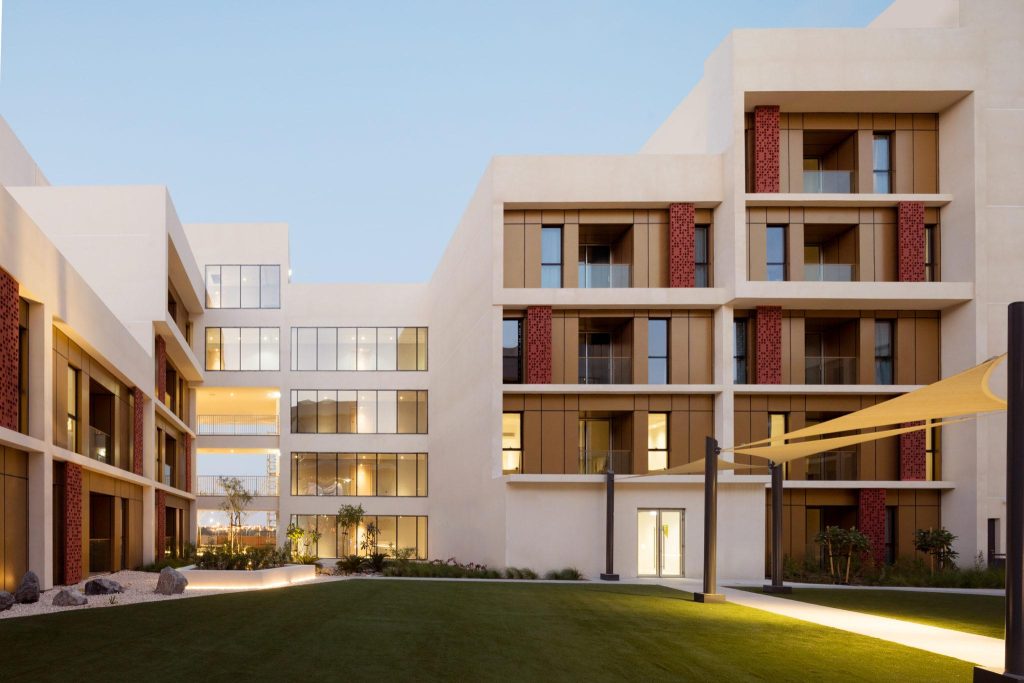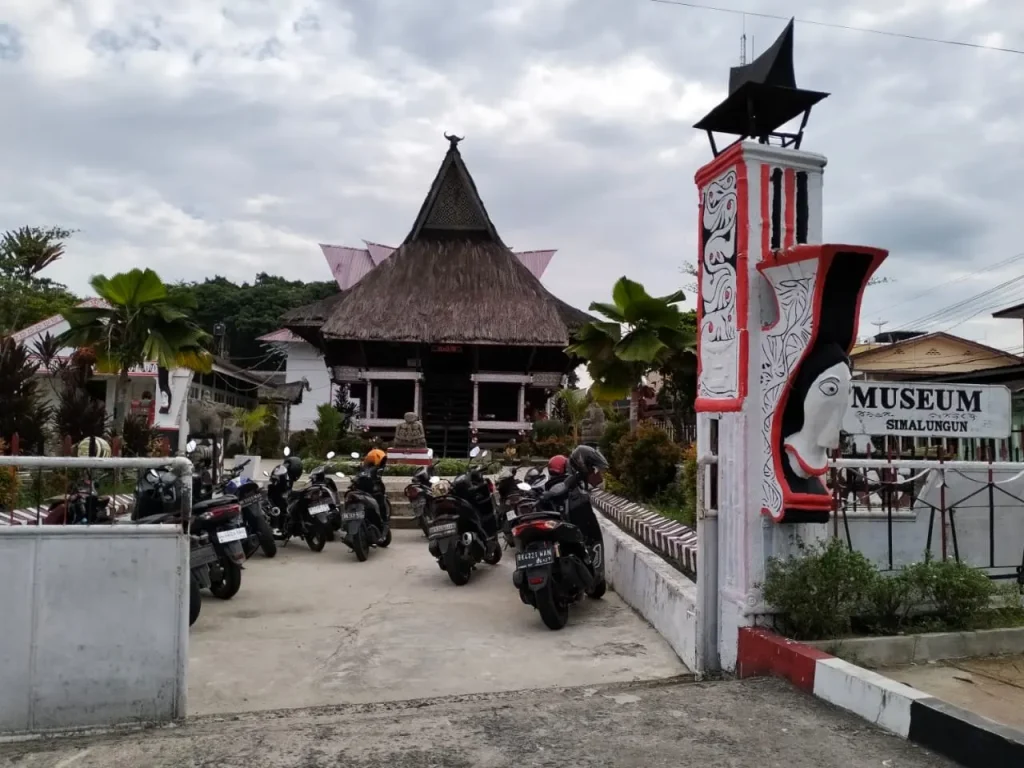As the world grapples with the challenges of climate change and environmental degradation, the concept of eco residences has emerged as a sustainable solution for building greener residential areas. Eco residences focus on integrating environmentally friendly practices and technologies into residential design and construction. This article explores the principles of eco residences, the benefits they offer, and how knowledge can be leveraged to create sustainable living environments.
The Principles of Eco Residences

1. Sustainable Design
Sustainable design is at the core of eco residences, emphasizing the responsible use of resources.
- Energy Efficiency: Eco residences are designed to minimize energy consumption through features such as proper insulation, energy-efficient windows, and the use of renewable energy sources like solar panels.
- Water Conservation: Incorporating rainwater harvesting systems, low-flow fixtures, and drought-resistant landscaping helps reduce water usage and promotes sustainability.
2. Sustainable Materials
The choice of materials plays a crucial role in the sustainability of eco residences.
- Recycled and Renewable Materials: Utilizing recycled materials, such as reclaimed wood and recycled metal, reduces waste and the need for new resources. Renewable materials like bamboo and cork are also preferred for their sustainability.
- Low-Impact Manufacturing: Selecting materials that are produced with minimal environmental impact—such as low-VOC (volatile organic compounds) paints and finishes—contributes to healthier living spaces.
3. Community Integration
Eco residences aim to create harmonious living environments that foster community engagement.
- Walkable Neighborhoods: Designing neighborhoods with pedestrian-friendly pathways and easy access to public transportation encourages walking and reduces reliance on cars, lowering carbon emissions.
- Green Spaces: Incorporating parks, gardens, and green roofs enhances community well-being and promotes biodiversity, providing residents with recreational opportunities and a connection to nature.
Benefits of Eco Residences
1. Environmental Impact
The construction and operation of eco residences have a reduced environmental footprint.
- Lower Carbon Emissions: By using energy-efficient technologies and renewable energy sources, eco residences contribute to lower greenhouse gas emissions, helping combat climate change.
- Biodiversity Preservation: Sustainable landscaping practices and the integration of green spaces promote biodiversity, supporting local ecosystems and wildlife.
2. Economic Advantages
Eco residences can offer significant economic benefits to residents and communities.
- Reduced Utility Costs: Energy-efficient designs lead to lower energy bills, while water conservation measures can decrease water costs, resulting in long-term savings for homeowners.
- Increased Property Value: Eco-friendly homes often have higher resale values due to their sustainability features, attracting environmentally conscious buyers.
3. Health and Well-Being
Living in eco residences can enhance the health and well-being of residents.
- Improved Indoor Air Quality: The use of low-VOC materials and proper ventilation systems contributes to better indoor air quality, reducing health risks associated with pollutants.
- Connection to Nature: Access to green spaces and natural light has been shown to improve mental health, reduce stress, and enhance overall quality of life.
Leveraging Knowledge for Sustainable Development
1. Education and Awareness
Building knowledge about eco residences is essential for promoting sustainable living.
- Community Workshops: Organizing workshops and seminars can educate residents about the benefits of eco-friendly practices and provide practical tips for sustainable living.
- Online Resources: Creating accessible online platforms that offer information about eco residence designs, materials, and technologies can empower individuals to make informed choices.
2. Collaboration with Experts
Engaging with architects, urban planners, and environmental scientists can enhance the development of eco residences.
- Sustainable Design Consultation: Collaborating with experts in sustainable design can ensure that eco residences are built with the latest technologies and best practices in mind.
- Research and Development: Investing in research on innovative materials and construction techniques can lead to the development of even more sustainable residential solutions.
3. Policy and Incentives
Government policies and incentives can support the growth of eco residences.
- Building Codes and Standards: Implementing building codes that prioritize sustainability can encourage developers to adopt eco-friendly practices in residential construction.
- Financial Incentives: Providing tax credits, grants, or subsidies for eco-friendly home improvements can motivate homeowners to invest in sustainable upgrades.
Case Studies of Successful Eco Residences
1. The Bullitt Center, Seattle
The Bullitt Center is often referred to as the greenest commercial building in the world, showcasing principles that can be applied to residential areas.
- Net-Zero Energy: The building produces as much energy as it consumes through solar panels and energy-efficient design.
- Water Management: A rainwater harvesting system provides all the water needed for the building’s operations, demonstrating effective water conservation strategies.
2. EcoVillage, Ithaca
EcoVillage is a community designed around sustainable living principles.
- Community Engagement: Residents actively participate in decision-making processes, fostering a sense of community and shared responsibility for sustainability.
- Diverse Housing Options: The community offers a range of eco-friendly housing options, including single-family homes, apartments, and co-housing arrangements, making sustainable living accessible to various demographics.
Challenges to Implementing Eco Residences
1. Initial Costs
The upfront costs of building eco residences can be a barrier for many developers and homeowners.
- Long-Term Savings: While initial investments may be higher, emphasizing the long-term savings on energy and maintenance costs can help justify the expense.
2. Resistance to Change
Some individuals may be resistant to adopting new practices and technologies.
- Education and Outreach: Providing information about the benefits of eco residences and showcasing success stories can help overcome skepticism and encourage adoption.
3. Regulatory Hurdles
Navigating building codes and regulations can pose challenges for eco residence projects.
- Advocacy for Policy Change: Engaging with policymakers to advocate for regulations that support sustainable building practices can help streamline the process for eco residence development.
Conclusion
Eco residences represent a promising approach to creating greener residential areas that prioritize sustainability, health, and community well-being. By leveraging knowledge through education, collaboration, and policy advocacy, we can build a future where eco-friendly living is accessible and desirable for all.
As communities embrace the principles of inca residence, they not only contribute to environmental preservation but also enhance the quality of life for residents. Investing in sustainable residential practices is an investment in a healthier planet and a more resilient future. By prioritizing eco-friendly design and construction, we can create thriving communities that serve as models for sustainable living for generations to come.
Read Also About Literary reflections involve diving deep into the themes, characters, and underlying messages within a work of literature.



